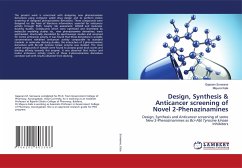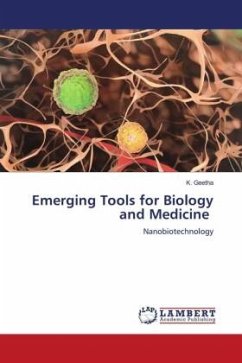Radiolabeled peptides are of increasing interest in nuclear oncology. In recent years, special emphasis has been given to the development of peptides labeled with positron emitters. Among these, 68Ga deserves special attention as an alternative to FDG, because it is available from an inhouse generator rendering 68Ga radiopharmacy independent of an onsite cyclotron. 68Ga has a half-life of 68 min and decays by 89% through positron emission. The parent, 68Ge, is accelerator produced and decays with a half-life of 270.8 days by electron capture. Several bifunctional chelators based on 1,4,7- triazacyclononane-N,N',N''-triacetic acid and 1,4,7,10- tetraazacyclododecane-N,N',N'',N'''- tetraacetic acid (DOTA) macrocycles are available for coupling to peptides and other biomolecules. Clinical studies were performed with 68Ga-DOTA, Tyr3- octreotide, localizing neuroendocrine tumors with higher sensitivity than 111In- diethylenetriaminepentaacetic acid-octreotide. In this study 68Ga-DOTANOC/DOTATOC was prepared using inhouse 68Ge/68Ga generator and radiation exposure was measured to nuclear medicine staff during handling the generator.
Bitte wählen Sie Ihr Anliegen aus.
Rechnungen
Retourenschein anfordern
Bestellstatus
Storno








